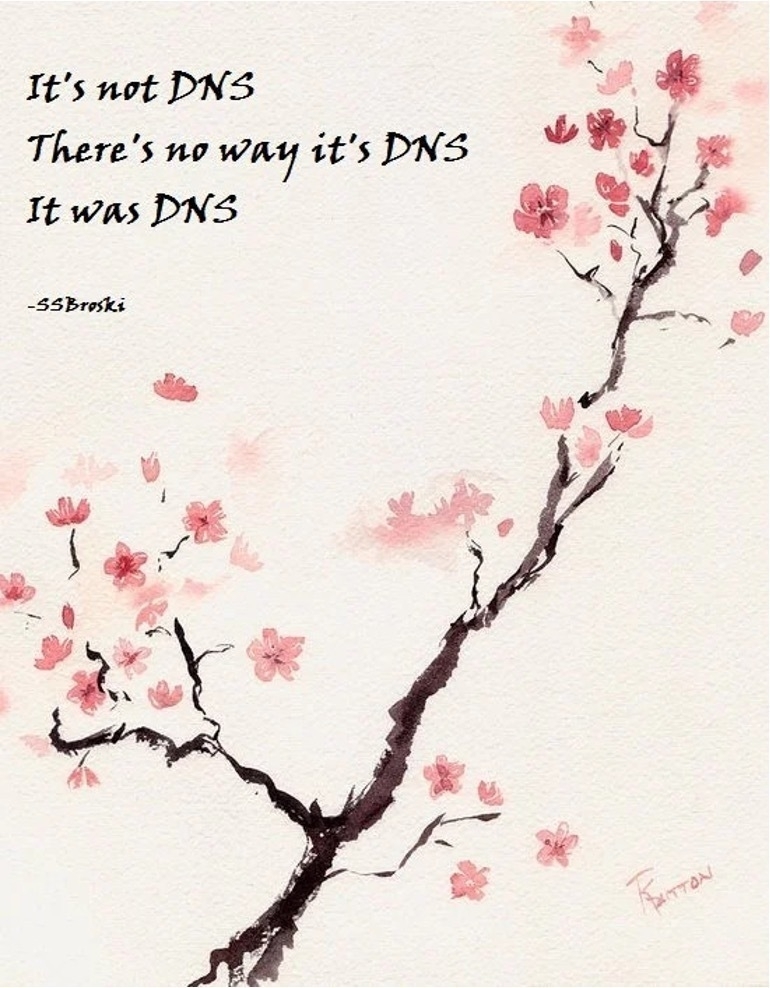📅 October 07 - October 13 | Ee-I-Ee-.io
It has been a challenging week and not one conducive to reflection or giving me time to think about what I want to write about here. But as this is an exercise in getting me to write regularly, as much as it is a space for me to think about tech and how it relates to our lives, particularly here in the Caribbean.
If you haven’t been following or don’t get to see news from the French West Indies, we’ve been having a week of unrest and violent protests on the Island after a number of peaceful protests seem to stir up a general malaise in the population, which seems to have been hijacked by a small group of well-organised individuals that set about looting, pillaging and burning shops, cars and just about anything that could be burnt. Roadblocks were set up to disrupt circulation, as is always the mode operator here when there is a protest, and several deaths were recorded.
As its relation to tech? I’ve been surprised. When things started to get out of hand overnight, I was very early in calling a curfew; note: I said “calling”, not “calling for”. I knew the authorities (the Prefecture) would instigate one, and as I write this, an overnight curfew is still in place (Edit: The curfew has been extended until the 21st). At the same time, I also said that the government would block TikTok, as it had shamefully done so during the unrest in New Caledonia. I was wrong. To my knowledge, TikTok was left to function normally and was instrumental in communicating the main revendications of the now popularised protests. I’m not sure why. 🤷♂️ The French government didn’t hesitate in New Caledonia, so why did they refrain in Martinique?
I’d like to believe it was because they got a lot of criticism from organisations like Access Now and other human rights organisations for denying access to these platforms. But I’m not convinced that is why, and I’d be fascinated to know the real reason. To be fair, I think it was absolutely on the cards at least at one point, but as things started to simmer down, it was perhaps deemed unnecessary. I still believe the French government will use this tool as it sees fit if things don’t improve. When you’ve done it once, the second time is always easier.
Negotiations for the main requests are due to restart tomorrow (Tuesday), so we have a little respite today, but I have a feeling that things will get a little tense again tonight. We’ll see.
It has also shown that governments are poor at understanding and interpreting platforms like TikTok and others, leaving them entirely flat-footed and with no meaningful response to today’s complex situations. Technology amplifies anything that it touches, and as technology gets further and further into our lives and society, it will amplify anything it touches, good or bad. This is not to exonerate technology as benevolently neutral and therefore devoid of blame. No. Humans make technology, and humans bring all their biases and shortcomings to it. Those amplified biases can be disastrous on a much bigger scale.
An example I gave last week in my rant, and probably many times before, is Facebook’s direct involvement in a genocide that took place in Myanmar. It is something that I wanted to write about a long time ago but I recently discovered this feature-length series about Facebook’s involvement. I urge you to read it.
I have another project dear to my heart that I just can’t seem to kick off yet. It’s about the Amiga computer. One day. One day.
France’s decision to intentionally block a platform shows us that no democratic government is above using draconian and rights-limiting powers to enforce its own policy, good or bad. Some are more willing than others, and each time it happens, it just emboldens others to try.
This begs the question about how it can be avoided and what we can do about it. Given that it is a highly complicated subject, as we can see from the EUs attempts at breaking open encryption in messaging (bad!), arguing one side or another only leads to whataboutisms and evermore polarised positioning.
I can only speak from a personal perspective, and my feeling is that basic privacy between individuals and small groups should be preserved and enshrined in law. Mass communications should be treated differently, in how monopolies are treated differently than smaller-sized businesses. This is because the incentives change with scale.
Distributed social media, like Mastodon may be part of the solution, as its moderation model (where instance holders can decide on what its users can and cannot do or say locally, all the while being subject to federation or not by the outside world) are built-in to the system. I say ‘like’ as I’m not entirely convinced that this is the perfect model either, but it is what we currently have at our disposal. Essentially, these are small local islands of “like-minded” users that can communicate locally and across the entire platform if they are connected and accepted (federated). If you, as an instance holder, can decide to federate or not, and crucially, you can choose to defederate if needed. It doesn’t require a little of the “who polices the police” in moderation policies and implementation. But as I’ve discussed previously, this is work already being done and is publicly available. Many of these operate a sort of small-scale multistakeholder bottom-up governance model, too.
So go and fire up your instance of Mastodon or another Activity Pub system and use the guides I’ve linked to as a starting point.
I recently asked on a region-wide forum if there were any known instances of Mastodon in the Caribbean. I haven’t heard of one yet, but they might be out there, so if you do know of one, let me know.
Reading
Speaking of tech speeding things up and making things easier, it should come as no surprise that the dark side of the web is also benefiting from the AI “revolution” (snarky quotes, btw). LLMs are supercharging Pig Butchering schemes.
As this Wired article outlines:
In addition to buying written scripts to use with potential victims or relying on templates for malicious websites, attackers have increasingly been leaning on generative AI platforms to create communication content in multiple languages and deepfake generators that can create photos or even video of nonexistent people to show victims and enhance verisimilitude.
Google’s 2.5 billion Gmail users are at severe risk of being hacked:
Sam Mitrovic, a Microsoft solutions consultant, has issued a warning after almost falling victim to what is described as a “super realistic AI scam call” capable of tricking even the most experienced of users.

On a subject that is dear to my heart —Internet governance— an unexpected decision by the U.K. government to cede authority of a small group of islands called the Chagos Archipelago to Mauritius has caused consternation in the world of DNS. If you remember, Domain Name System (DNS), is one of those essential backbone services of the Internet that without, things would be much more frustrating, especially as we move into the IPv6 era.
The islands in question were given the ccLTD of .io (ccTLD = Country Code Top Level Domain, think .uk, .fr, .bb, and that money-spinner .ai). It turned out to be a money-spinner like the .ai domain, only many years earlier, and .io was the darling of the tech startup world. If you didn’t have a .io, you were nobody.
Just as an aside, .io evokes a computer processing idea of Input/Output, I/O for short.
As nerdy as it was, it was the domain to own for a while, and .io was given to the islands because they were the Indian Ocean territories of the U.K. A 2021 UN decision ruled that the U.K. has no sovereignty over the islands, and hence, the process to relinquish started and is now complete.
The question is, what will happen to that domain now that the Indian Ocean territories as an ISO country code will no longer exist? Not so fast! The ISO-3166 code may disappear, but no timetable has been set. This would also be independent of any decision by IANA (the ultimate decision-makers on the ccTLD) to retire the corresponding domain. They could easily decide to make an exception, as already done in the case of .su.
As for now, all .io domains will remain active, and renewals should happen without interruption of service.
Absolutely no LLMs were harmed during the writing of this piece. Have a great week.

